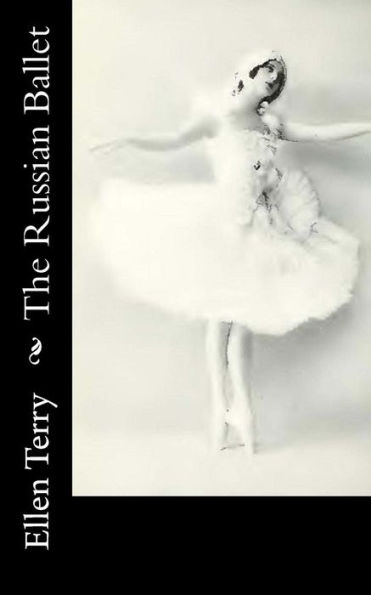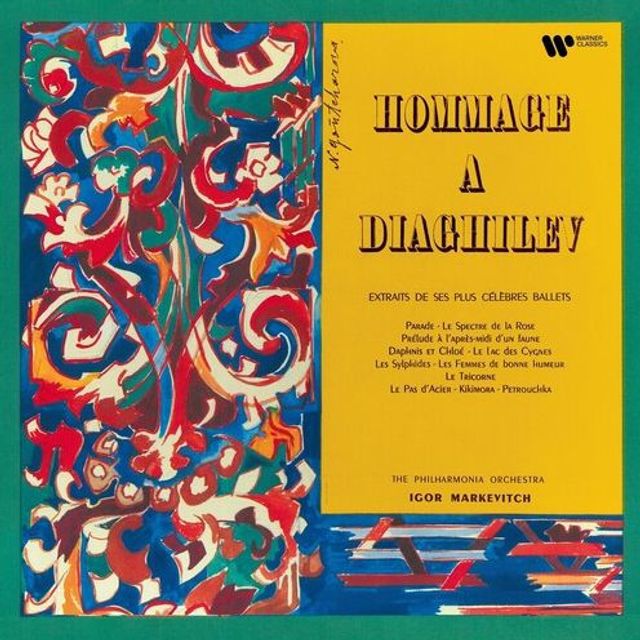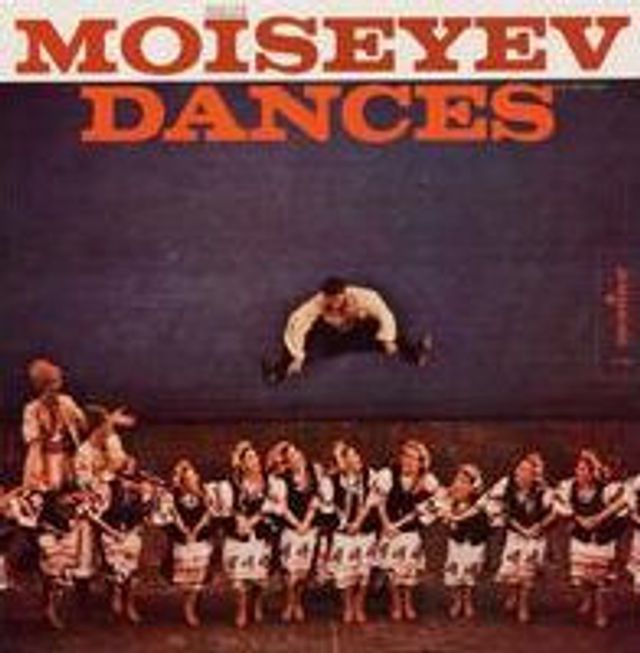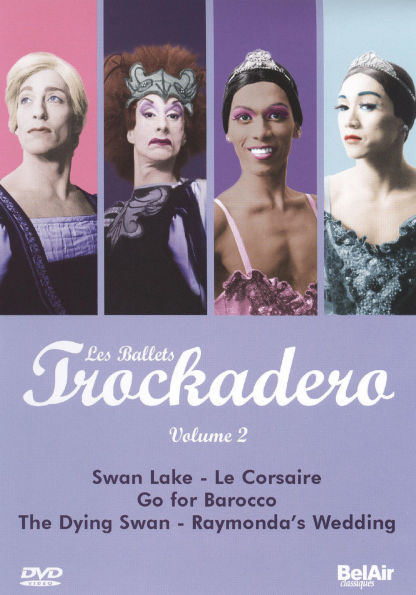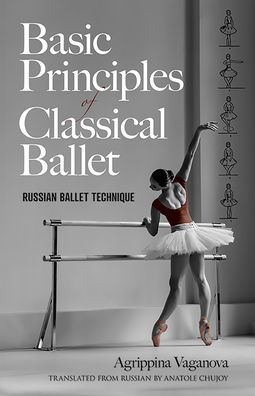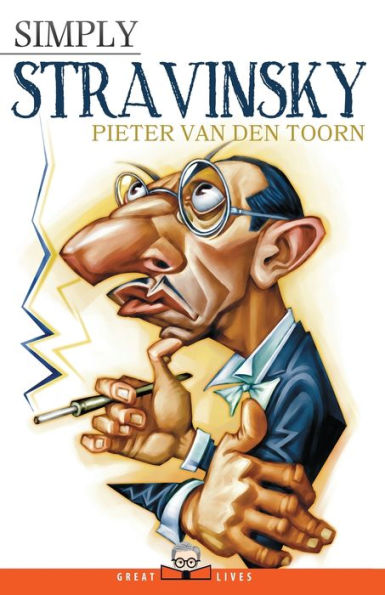Home
Diaghilev's Ballets Russes
Barnes and Noble
Diaghilev's Ballets Russes
Current price: $25.99
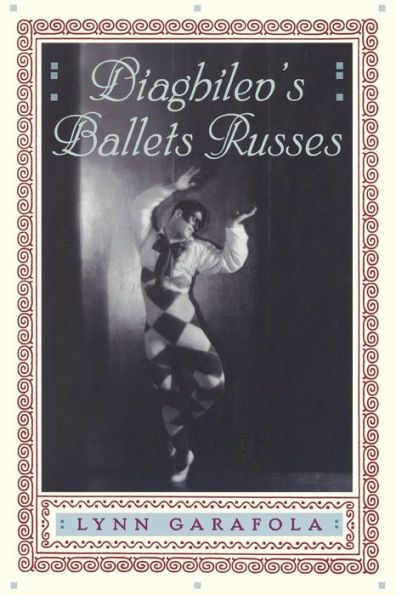

Barnes and Noble
Diaghilev's Ballets Russes
Current price: $25.99
Size: OS
Loading Inventory...
*Product information may vary - to confirm product availability, pricing, shipping and return information please contact Barnes and Noble
In the history of twentieth-century ballet, no company has had so profound and far-reaching an influence as the Ballets Russes. It existed for only twenty yearsfrom 1909 to 1929but in that brief period it transformed ballet into a vital, modern art. The Ballets Russes created the first of this century's classics:
and
, all of which continue to be performed today. It nurtured many of the century's greatest choreographersFokine, Nikinsky, Massine, Nijinska, and Balanchineand through them influenced the direction of dance to this day. It brokered the century's most remarkable marriages between dance and the other arts, forging partnerships between composers such as Stravinsky, Debussy, Falla, Ravel, Prokofiev, and Satie, painters like Picasso, Bakst, Matisse, Derain, Braque, Gris and Rouault, and poets on the order of Hoffmansthal and Cocteau. From the dancers who passed through its ranks emerged the teachers and ballet masters who continued its work in cities large and small throughout the West. And, as if all this were not enough, the company also created a following for ballet that anticipated today's popular audiences.
The era of the Ballets Russes is probably the most chronicled in dance history, yet this book is the first to explain the company as a totalityits art, enterprise, and audience. Taking a fresh look at familiar sources and incorporating fascinating archival material previously unexamined by Diaghilev scholars, Lynn Garafola paints an extraordinary portrait of the Ballets Russes, one that is bound to upset received opinion about the wellsprings and impact of early modernism. She traces the company's origins not only from Diaghilev and his circle but also from Fokine's revolutionary secession within the Russian Imperial Ballet, shows for the first time how the art of the Ballets Russes reflected its status as a complex economic enterprise, and reveals how Diaghilev created an audience that in turn shaped his company's changing identity.
It is an amazing story with characters from all walks of lifetitans of art,
of Continental society, anonymous stagehands, long-forgotten dancers, and theater managers from Monte Carlo to Tacomaand Garafola tells it brilliantly. Anyone interested in our century's dance, music, art, fashion, and cultural history will have to read it.

